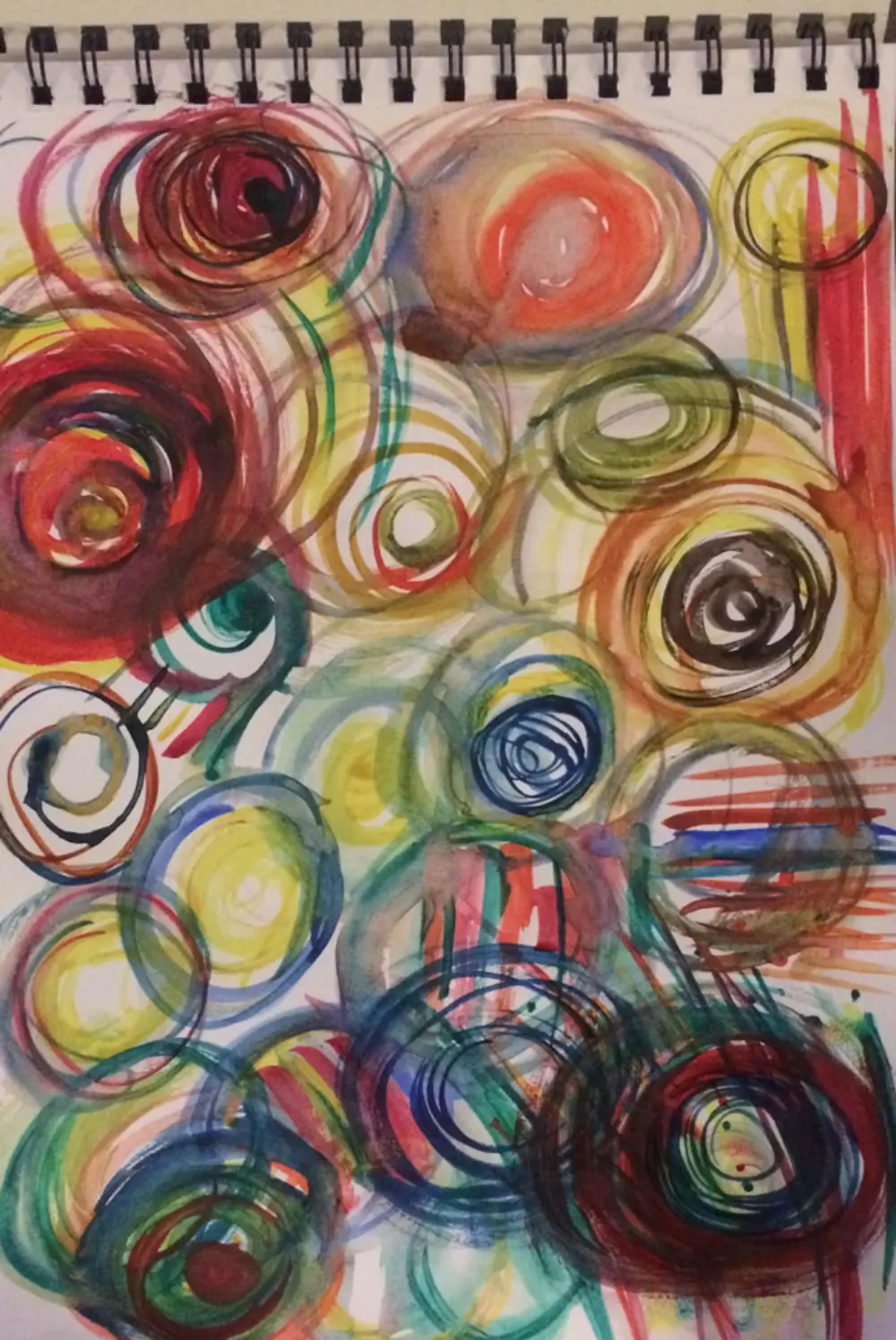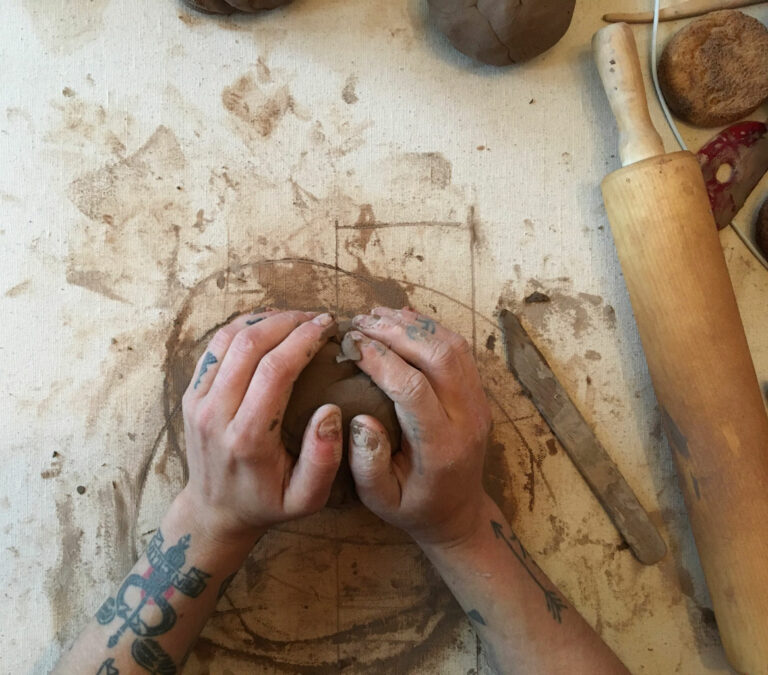
Episode 39 – Positive Psychology and Art Therapy with Jess Winnicki
- Safe Harbour Therapy Centre
Subscribe: Apple Podcasts | Google Podcasts
Positive Psychology and Art Therapy: Theory and Art Directives to Help Support us During This Uncertain Time
I am wanting to share some Positive Art Therapy directives that can help support us during these uncertain times. However before we move into the directives I want to set the ground for what we will be exploring with some history / background information on Positive Psychology and Art Therapy.
Positive Psychology: also know as the science of wellbeing, is the study of human potential and optimal functions. It is an in-depth exploration of the conditions and processes that allow individuals and communities to flourish and thrive (Seligman & Csiksgentmihalyi, 2000).
This area of psychology was first named when Martin Seligmen (1999) in his role as the president of the American Psychological Association identified that although we had made tremendous advances in understanding mental illness and reducing suffering, we had not devoted equal resources to exploring what is positive and functional in our lives.
Positive psychologists have set about correcting this imbalance – not to diminish or replace the importance of addressing and attending to pathology and pain – but to complete this with an exploration of healthy, adaptive functioning. They wanted to establish for mental health the same depth and breadth of research, theory, and practical application as has been done for mental illness Not only because mental health and wellbeing are worthy of exploration in their own right, but because doing so builds resilience, helps buffer against hardship, and prevents illness.
(Wilkinson & Chilton, 2018).
Connecting Positive Psychology and Art Therapy: Art Therapy was born from many traditions and integrates diverse sources beyond the realm of psychology such as art education, art history, outsider art, folk art etc. Because art therapy has profound roots in psychology, it has mirrored many of psychologies theoretical developments, however for the content of this podcast we will be focusing on art therapy and it’s connection to positive psychology and some positive art therapy directives to aid us during this time. Positive Psychology and Art Therapy work so well together because of the strength-based and client-driven focus they both posses.

I am aware that during this time it can be difficult to turn ourselves, and our minds to a place of positivity. If you are not in that place in this moment please know that is more then ok and to be gentle with yourself through this time / process.
If the art directives are not connecting to you today I encourage you to come back and listen again later and notice in yourself what has shifted and what might feel the same and what might feel different.
I would also encourage you to try and acknowledge and then shake loose any preconceived notions about your identity as an artist or art ability – we are all innately creative beings and this is more about the creative process and flow and making meaning.
Positive Art Therapy Directives:
The directives that I have chosen to explore today are meant to be gentle and have an ease to them as we are exploring these questions and feelings in social isolation. Journaling / writing a reflection after the directive can be a way to bring things to a close and give yourself some clarity around what you have experienced. If anything of what I describe moving forward does not connect / sit well with you please allow yourself to skip past it to the next directive. Also I invite anyone who has questions or concerns about the content to please reach out to me.
Directives are all sourced / modified from Wilkinson, R.A., & Chilton, G. (2018). Positive Art Therapy Theory and Practice: Integrating Positive Psychology with Art Therapy. London, England: Routledge.
Awe: Remember a place, experience, or person that inspired awe in you
Beautiful Day: Your vision of a beautiful day
Appreciating Small Things: Notice small things throughout the day that positively impact the quality of your day (there is great power in what we define as small things)
Free Write / Poems / Art: Free write on anything that comes to mind for 5-10 minutes. Go over your writing and circle words / phrases that stand out to you. Compose a short poem from those words and phrases. It does not have to follow a ‘traditional’ rhyming scheme, it does not need to rhyme at all. Respond to the poem with spontaneous art. Respond to the art with a written reflection.
Your People: Who are your people? Culturally, ethnically, professionally, personally? What strengths do you share with these groups?

Art work reveals our resilience. It show cases strengths, values and what gives our lives meaning and purpose” (Wilkinson & Chilton, 2018,p.181). Positive art therapy allows us to explore topics in a manner that shores up our ego strength, empowers us, and informs our journeys.
Wanting to close this with a message I shared in the ‘uncertain times’ podcast:
This is a time of change, stretching edges, uncomfortable feelings, and growth.
Remember that everyday is a process and we bring different versions of ourself to each day / moment of the day.
Be gentle with yourself, strive for effort and intention as opposed to perfection.
References
Wilkinson, R.A., & Chilton, G. (2018). Positive Art Therapy Theory and Practice: Integrating Positive Psychology with Art Therapy. London, England: Routledge
Photos courtesy Jess Winnicki
